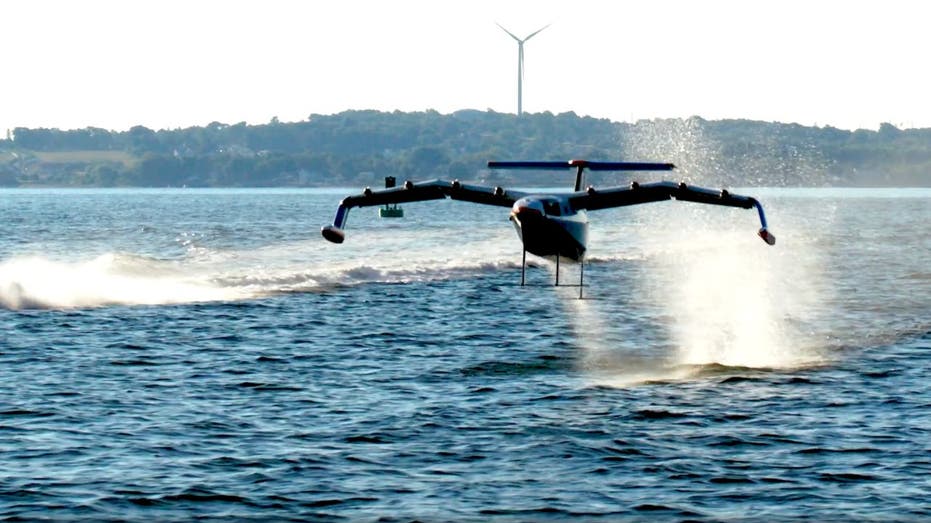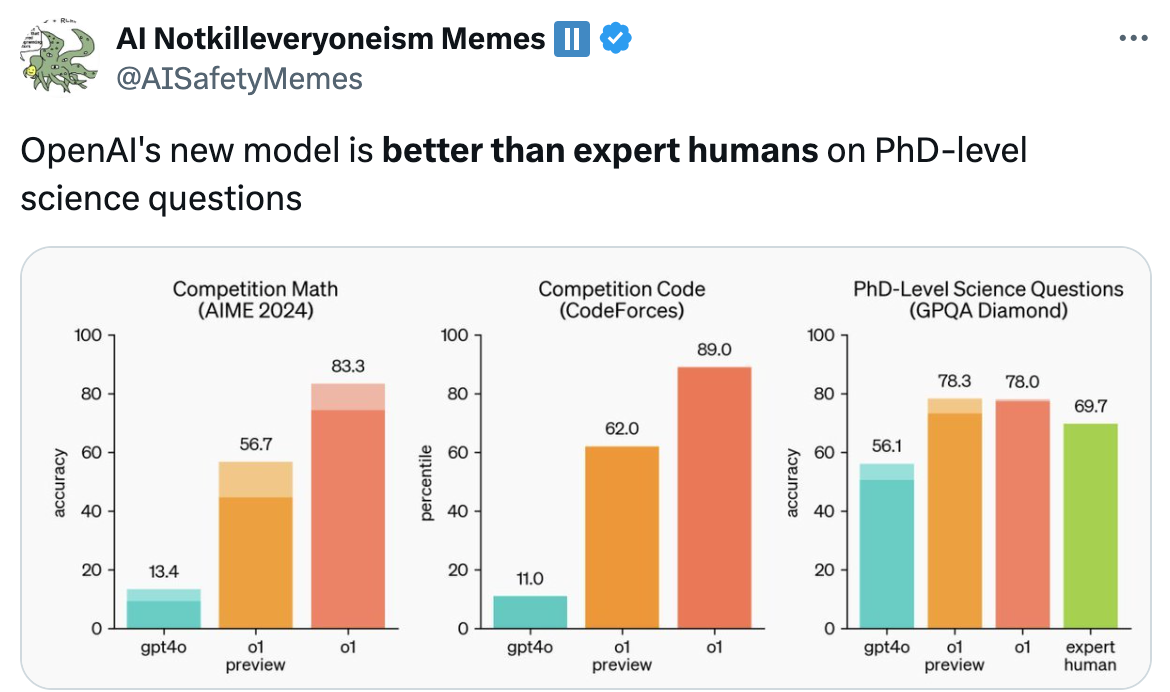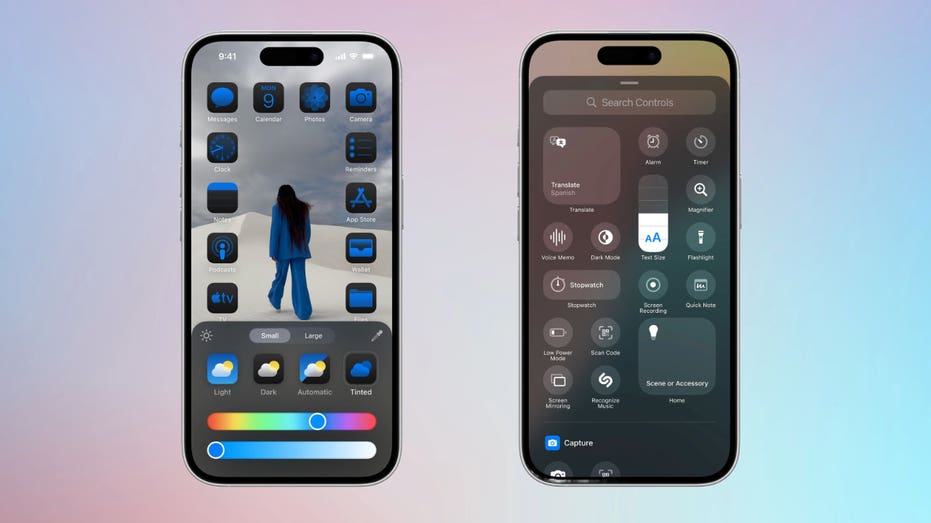I am so proud of Marco Tempest AI generated video on Ada Lovelace!
I visited him and watched him pulling it all together, in January 20th and the experience has stuck in my mind as a life highlight. I visited him in Switzerland and saw the whole setup – in person.
I was so moved that I pulled one of my signature moves – I called in a few people to our intimate dinner to help react to work of art/history/technology to help with story telling – I first thought of Stephen Wolfram, who is a big Babbage and Lovelace fan, then Megan Smith (3rd US CTO), then Vlad Bulovic (Director of MIT Nano) and then Daniela Rus (Director of MIT CSAIL).
I have known Marco for years and seen him amazing audiences with his cyber illusions
John Werner
For those who don’t know, Ada Lovelace (or Byron, as she was actually the daughter of the poet Lord Byron) was into mathematics and conceptual science in the 1800s (she lived from 1815-1852 – around the same time as Charles Dawin). She became a fan of the much older Babbage after seeing his progress on an “analytical engine”, the first computer of its kind, which, owing to its atavistic origin, was not electronic, but fully mechanical. (I’ll come back to that a little later). You can read the rest of the story on Wikipedia or elsewhere: some people would call Babbage the “builder” – since he actually built the machine, and Lovelace the “dreamer” since she is credited as being the first to realize that the analytical engine had applications beyond calculation.
Anyway, I was excited to see what Marco was up to: I’ve known him a long time (he actually visited my son and daughter’s grade school years ago) and I’ve been following his unique and inspirational work on “magic.”
Marco is such a great guy that when I asked him to present at my children’s grade school he did and … [+] her my wife and I are with our magic celebrity
John Werner
Marco is a cyberillusionist – he likes to delve into the mystery of technology, building new ways of using technology for stagecraft, and talk about the potential for magic in our world.
When you see him somewhere like the World Economic Forum talking about this sort of thing, you really get a sense of the role that imagination plays in technology. But he also talks about the practical aspects of it, too – how magic can help you stay ahead of the reality curve, and how it can help businesses to plan for the future. He mentions the rules for magic, like collaborating, avoiding groupthink, and taking risks.
Marco is also deeply involved in using drones for storytelling. It part of his life, you can find the results in the archives of the web.
I tool this photo while visiting Marco’s laboratory / Innovation space in Zurich, Switzerland
John Werner
This January, while we visited, I asked Marco what he is excited about these days.
“I’m super-excited for the AI robots,” he said.
Another sort of advance that Marco is waiting for is the creation of what he calls “virtual worlds” – digital environments that are real-time generated, and that can react to our emotional states.
As for the power of creativity to deal with AI, Marco is optimistic.
I visited Marco at his home where he was iterating on this magnificent piece. He presented it a few … [+] times and seeing the cameras and AI work together real time was mind blowing – I too tried his setup. It was late into the night when I got the idea to call into our session Stephane WOlfram and Megan Smith and Vlad Bulovic and Daniela Rus.
John Werner
“I think we need magic more than ever,” he said, pondering how these very new tools will be used in tomorrow’s schools and laboratories.
More on Marco’s Lovelace/Babbage Presentation: In Their Voices, In Their Forms
Marco’s new project is a fascinating foray into the world of 17th century computing, as Marco, in a sense, reanimates Ada Lovelace and Charles Babbage, the dreamers and builders (as I mentioned) of the original calculating machine.
Take a look, and you’ll get a reminder of how, as the tagline goes, ‘Imagination is the key to discovery.’
Portrait of English author and mathematician Ada Byron (later Lovelace, 1915 – 1852), circa 1835. … [+] From the New York Public Library. (Photo by Interim Archives/Getty Images)
Getty Images
As Marco uses new capabilities like voice cloning and gesture capturing, you see him bring to life these characters on the screen. You can still see Marco, and you see how it all fits together (I tried his setup).
When we see Charles Babbage speak with a distinctive voice, or see Lovelace hold up two fingers on the screen as the voice says “two”, we understand the kinds of cues that are built into this sort of cyber-magic, and how today’s tech makes all of this possible; Marco uses ComfyUI, Stable Diffusion, as well as control software called Aximmetry, and some local models to bring these ideas to vibrant life.
And the term “re-animation” is really apt here: ultimately, as Marco points out, Lovelace, who he calls “the enchantress of numbers, died in her 30s, but not before penning the axion that I think of as a sort of rough haiku:
“That brain of mine
is more than simply mortal
as time will show…”
Be sure to check out the video, and think about how it channels those eternal concepts that Ada Lovelace’s brain manifested nearly two centuries ago. It’s an exciting and important story: Marco is telling a story that we need to let more people know about! What better way to do it than to use this brand-new technology – something that can (and soon will ) be used in so many different ways, some great, some, well, not so great….anyway, there is incredible potential for telling all kinds of other stories, too!
But the story of Babbage and Lovelace brings us another really interesting concept that I’ve been thinking about. Imagine: although Babbage’s original design a couple of centuries ago was fully mechanical, today’s computers are electronic. What will they be in another couple of centuries?





